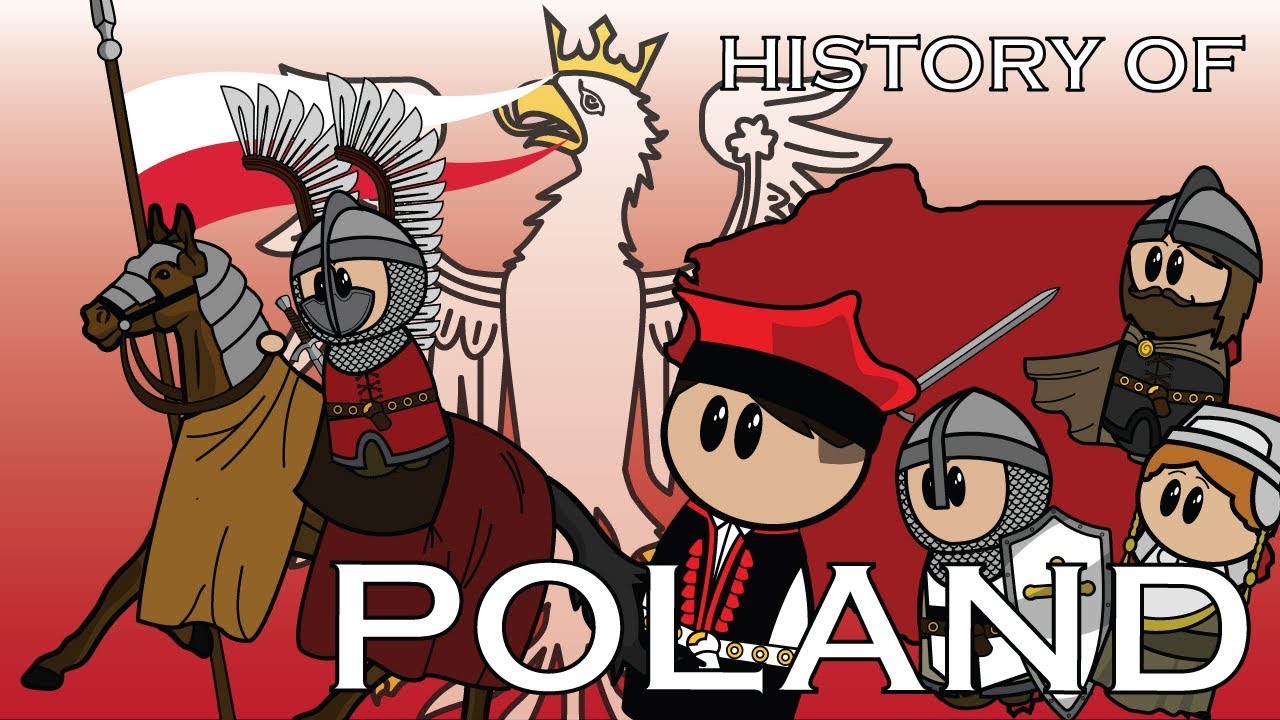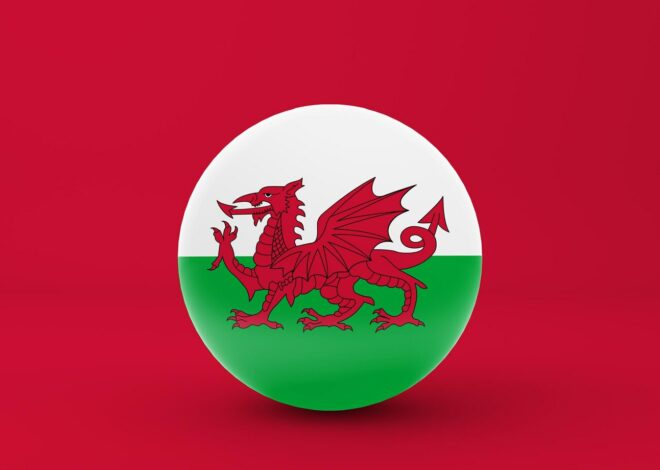
History of Poland : A Brief History of Poland
Poland, located in Central Europe, boasts a history as diverse and vibrant as its culture and heritage. From its early beginnings to its modern-day identity, Poland’s history is a fascinating journey of resilience, transformation, and cultural richness.
Early Origins and Kingdoms
Poland’s history dates back to the early medieval period. In the 10th century, under the reign of Mieszko I, Poland adopted Christianity, marking a pivotal moment in its history. This event strengthened ties with the Western Christian world and laid the foundation for the Polish state.
The Piast Dynasty
The Piast dynasty, which began with Mieszko I, played a crucial role in consolidating and expanding Polish territories. Bolesław I (the Brave) became the first crowned king of Poland in 1025, marking Poland’s emergence as a European state. During this time, Poland grew in size and power.
The Golden Age of Polish-Lithuanian Commonwealth
The 16th and 17th centuries marked the zenith of Polish power and influence. The Polish-Lithuanian Commonwealth, formed through the Union of Lublin in 1569, was a vast and diverse state that spanned Eastern and Central Europe. It was characterized by religious tolerance and a parliamentary system known as the “Golden Freedom.”
The Polish-Lithuanian Commonwealth’s Decline
The Commonwealth’s prosperity was marred by internal strife and external conflicts. In the 18th century, Poland faced a series of partitions by neighboring powers, including Russia, Prussia, and Austria. These partitions ultimately led to the disappearance of the Polish state from the map of Europe for over a century.
Struggles for Independence
Poland’s desire for independence remained strong. Throughout the 19th century, Poland saw numerous uprisings and movements to regain sovereignty. The November Uprising of 1830 and the January Uprising of 1863 were notable examples of these efforts, although they ultimately did not succeed.
The Rebirth of Poland
World War I created an opportunity for Poland’s revival. In 1918, after more than a century of partitions, Poland regained independence. Marshal Józef Piłsudski played a key role in this process. The newly formed Republic of Poland embarked on a path of nation-building and modernization.
World War II and Communist Era
Tragically, Poland faced another devastating blow during World War II when it became the epicenter of Nazi aggression. The country endured occupation, mass atrocities, and the horrors of the Holocaust. After World War II, Poland fell under Soviet influence and became a communist state.
The Fall of Communism
The late 20th century brought winds of change to Poland. The Solidarity movement, led by Lech Wałęsa, emerged as a powerful force against communism. In 1989, Poland’s first semi-free elections marked the beginning of the end of communist rule. The transformation to democracy and a market economy had begun.
Modern Poland
Since the fall of communism, Poland has experienced remarkable economic growth, political stability, and a flourishing cultural scene. It joined the European Union in 2004 and NATO in 1999, solidifying its place in the community of European nations.
Rich Cultural Heritage
Throughout its history, Poland has made significant contributions to the worlds of art, music, literature, and science. Icons like Marie Curie, Frédéric Chopin, and Andrzej Wajda have left an indelible mark on global culture.
In conclusion
Poland’s history is a story of endurance, resilience, and a determination to preserve its cultural identity. From its early origins and medieval kingdoms to its struggles for independence and vibrant contemporary culture, Poland’s history is a testament to the enduring spirit of its people. Today, Poland stands as a proud and dynamic European nation, celebrated for its rich history and vibrant traditions.


